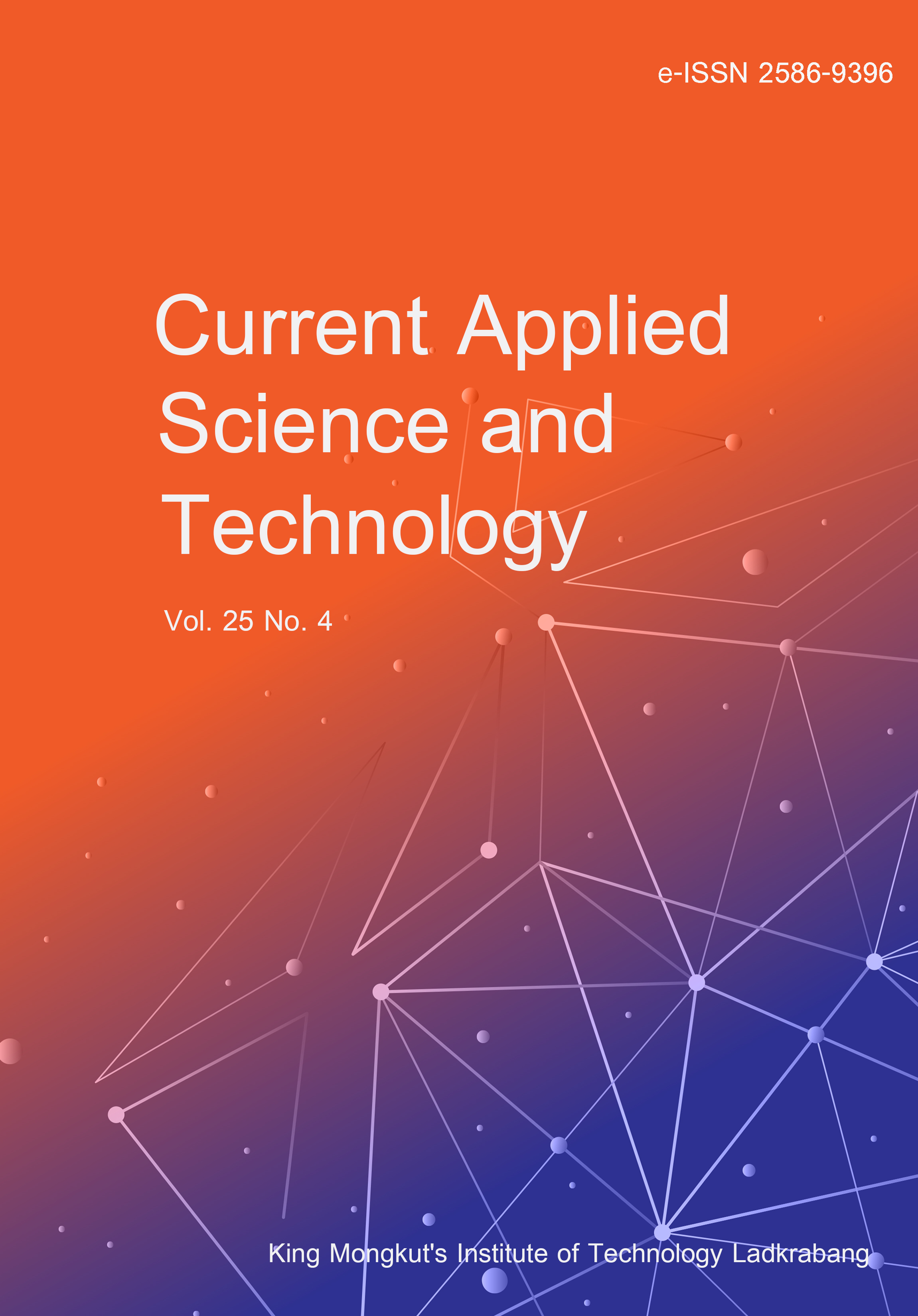Rice bran (RB), a by-product of rice milling, is increasingly recognized for its versatile applications across various industries. This study analyzes and compares the physicochemical, nutritional and functional properties of RB from two high-yielding and highly consumed Sri Lankan rice varieties: Bg 300, a white rice bran and At 362, a brown rice bran. Bg 300 exhibited higher bulk density (0.40±0.01 mg/mL), oil absorption capacity (192.33±9.82%), water holding capacity (2.91±0.03 g/g), foaming capacity (13.95±2.12%), and foaming stability (64.8±13.1%). In contrast, At 362 demonstrated superior water absorption (261.1±15.9%), swelling power (3.8±0.08 g/g), and water solubility index (3.7±0.05 g/g). Nutritionally, Bg 300 contained higher fat (20.43±0.32 g/100 g), protein (11.09±0.22 g/100 g), and fiber (5.6±0.19%) contents, and potassium (0.54±1.0 g/100g) and sodium (0.007±2.12 g/100g) contents. In contrast, At 362 had significantly higher total flavonoid content (5.52±0.08 mg quercetin equivalent /g), total phenolic content (3.13±0.02 mg gallic acid equivalent/100 g), and antioxidant capacity (27.12±0.80 mmol Trolox/g). Thus, Bg 300 excelled in physical and nutritional properties, while At 362 was superior in antioxidant activity and bioactive compounds. As a whole, both Bg 300 and At 362 rice brans were rich in physicochemical, nutritional and functional properties, making them promising potential ingredients in functional foods.
Jans, H. M. undefined. ., Perumpuli, P. A. B. N. undefined. ., & Abeysuriya, A. P. H. I. undefined. . (2025). Physicochemical, Nutritional, and Functional Properties of Rice Bran from White and Brown Rice in Sri Lanka: A Study of Bg 300 and At 362. CURRENT APPLIED SCIENCE AND TECHNOLOGY, e0264208. https://doi.org/10.55003/cast.2025.264208

